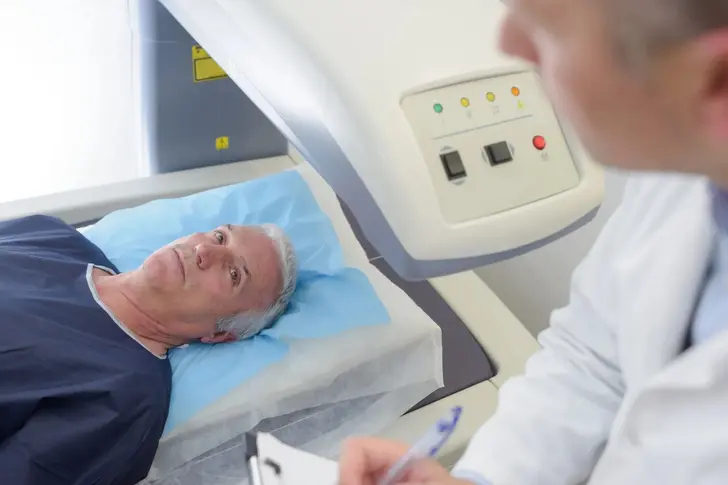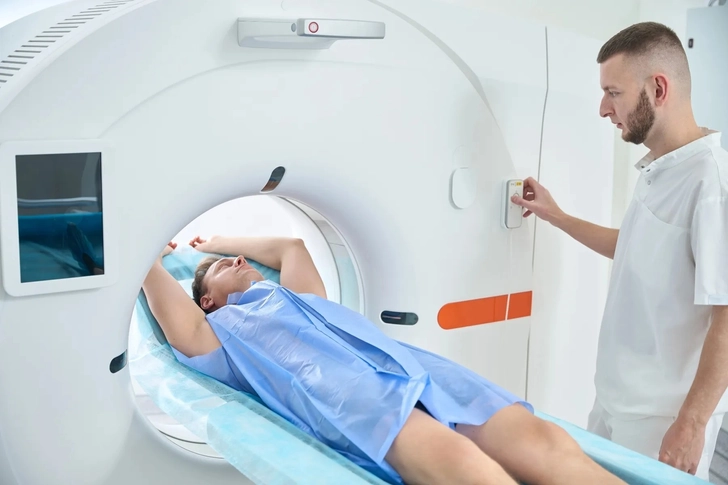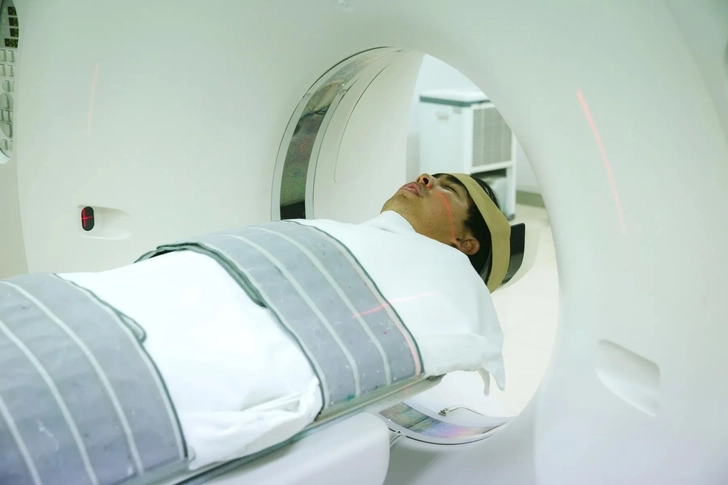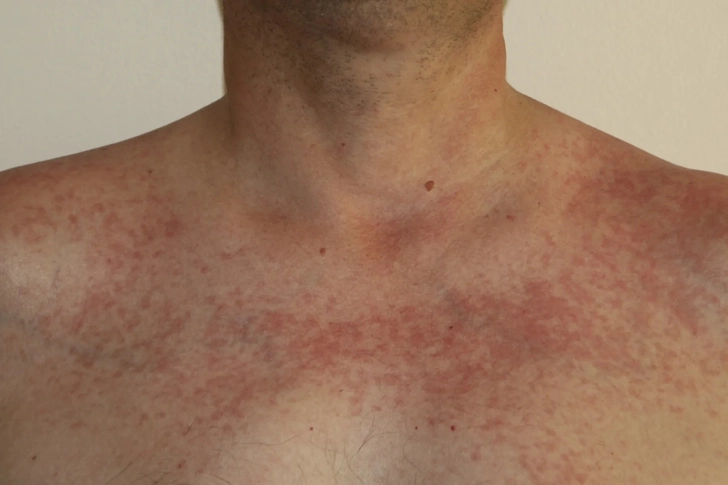- Overview
- Causes & Risks
- Symptoms, Stages & Types
- Tests & Diagnosis
- Your Prostate Cancer Care Team
- Treatment
- Remission & Recurrence
- Living With
- Support & Resources
- Appointment Prep
- View Full Guide
Radiation Therapy: Frequently Asked Questions


Radiation Therapy
With any medical treatment, it's natural to have questions. Radiation therapy for prostate cancer is effective, but it's important to know what to expect. This guide aims to answer some of the most common questions people have about the process.

What Can I Expect During Treatment?
Each session of external beam radiation therapy is quick and painless. You'll lie on a treatment table while the radiation therapist ensures you're in the right position. Treatments typically last just minutes. Some minor side effects like fatigue or skin irritation may happen, but they often clear up after treatment. Let your care team know about any issues right away. They can offer ways to help you feel more comfortable. Staying well-hydrated and following a nutritious diet also supports healing.

What Types of Radiation Are Used?
External beam radiation delivers targeted rays from a machine guided by 3D scans of the body. Newer techniques like Intensity-modulated radiation therapy (IMRT) precisely sculpt doses around the tumor. Brachytherapy implants radioactive seeds permanently or temporarily. Proton therapy uses proton beams that may reduce side effects. Stereotactic body radiation gives high doses over a few days. Work closely with your doctor to find the best form of treatment based on your individual cancer and health.

How Can Side Effects Be Managed?
Many side effects, like fatigue and urinary symptoms, tend to be mild or ease over time after treatment. Gentle skin care, cotton clothing, and stress reduction may help with skin reactions. Staying active as you feel up to it could lessen fatigue. Your team can provide medications, pelvic floor exercises, or other approaches for issues like urinary changes or bowel distress. Don't hesitate to ask them about ways to manage your symptoms during and after care.

What's My Prognosis, and What's My Follow-Up Plan?
Most men treated for early prostate cancer are cancer-free 5 years later. And follow-ups ensure any issues are promptly addressed. Your doctor will schedule regular PSA blood tests and exams. Reporting new symptoms right away allows the earliest assessment and solutions if you need them. Living a healthy lifestyle after treatment is important to prevent recurrences. With time and management of side effects, most men can expect a positive long-term outcome from radiation therapy.
Hopefully, this information has helped you prepare for treatment. As always, contact your health care team directly with questions or concerns.
IMAGES PROVIDED BY:
Shutterstock
SOURCES:
American Cancer Society: “Radiation Therapy for Prostate Cancer,” “Radiation Therapy Side Effects,” “Cancer Therapy,” “Eating Well During Treatment.”
OncoLink: “Radiation Therapy: Which type is right for me?”
Memorial Sloan Kettering: “What Is Brachytherapy?”
National Cancer Institute: “3D-CRT.”
Johns Hopkins: “Proton Therapy.”
Mayo Clinic: “Proton Therapy.”
American Urological Association.
FDA.